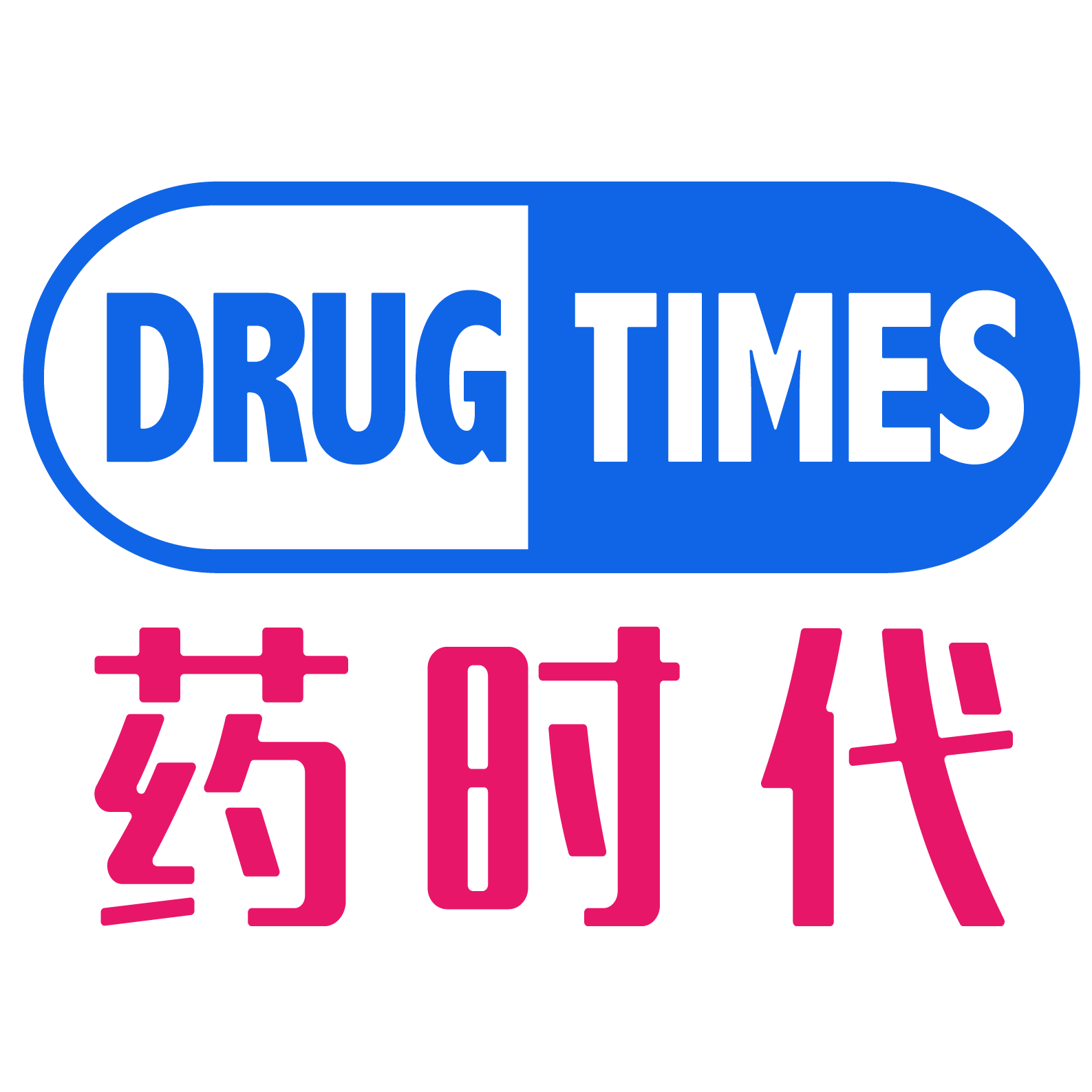
Vertex Pharmaceuticals faces renewed setbacks in its non-opioid analgesic pipeline. Its Nav1.8 sodium channel inhibitor, VX-993, failed to demonstrate superior pain relief compared to placebo in a Phase 2 clinical trial. These results were disclosed after the US market close on August 4th.
Concurrently, Vertex revealed that the US FDA will issue a Complete Response Letter (CRL) rejecting approval for JOURNAY™ (VX-548) for broader indications. This series of unfavorable news overshadows Vertex’s Q2 total revenue of $2.96 billion, representing 12% year-over-year growth.
The double-blind, placebo-controlled study enrolled 367 patients undergoing bunionectomy surgery. It evaluated three oral doses of VX-993 for analgesic efficacy in postoperative acute pain.
The primary endpoint was SPID48 (Summed Pain Intensity Difference over 48 hours), a time-weighted composite measure reflecting the magnitude and duration of pain relief. A higher SPID48 score indicates better cumulative analgesia over 48 hours.

Although SPID48 values numerically favored VX-993 across dose groups compared to placebo, the P-values were significantly greater than the conventional significance threshold of 0.05. This strongly suggests the observed differences were likely due to chance rather than true drug effect. Furthermore, the 95% confidence intervals (CIs) for all dose groups included zero (indicating no difference) and even negative values (suggesting potential inferiority to placebo), providing further statistical evidence against meaningful efficacy.
Notably, the active comparator arm (hydrocodone/acetaminophen) demonstrated statistically significant and clinically relevant superiority over placebo (SPID48 difference: 44.2, 95% CI: 14.0–74.4, p=0.0043). This positive control result is critical as it validates:
-
The scientific rigor and assay sensitivity of the study design (capable of detecting effective analgesia).
-
The representativeness of the patient population (responsive to a known effective analgesic).
-
The sensitivity of the pain assessment methodology (capable of capturing pain changes).
-
That the placebo effect was within expected parameters.
These data robustly support the conclusion that VX-993, at all tested doses, failed to provide statistically significant pain relief within 48 hours post-surgery compared to placebo, and may even be marginally inferior. This failure is attributable to insufficient intrinsic efficacy of the compound, not flaws in trial design or execution. Reassuringly, VX-993’s safety profile was comparable to placebo, with the most common adverse events (AEs) including nausea, dizziness, headache, and vomiting.
As the leader in targeting NaV1.8, Vertex has previously discontinued development of compounds like VX-128, VX-961, and VX-150 due to dose-limiting safety concerns or suboptimal pharmacokinetic (PK) profiles. Its flagship analgesic, JOURNAY™, achieved improved Nav1.8 inhibitory potency and selectivity. However, its efficacy in conditions like diabetic peripheral neuropathic pain (DPNP) and lumbosacral radiculopathy (LSR) appears limited.
Phase 2 data for JOURNAY™ revealed a mean time to peak plasma concentration (Tmax) of 6 hours for the parent drug, but 12 hours for its active metabolite. For acute pain, reducing Tmax, particularly for the active moiety, could significantly improve the onset of action.
This PK profile may explain Vertex’s rapid advancement of VX-993 into clinical development, aiming for a next-generation Nav1.8 inhibitor with improved efficacy and PK characteristics over JOURNAY™.
However, this “upgraded” third-generation candidate, VX-993, not only failed to surpass the established efficacy of JOURNAY™ (which showed a SPID48 difference vs placebo of 29.3, 95% CI: 14.0–44.6; P=0.0002 in its Phase 3 bunionectomy trial), but also failed to demonstrate superiority over placebo in its own pivotal study.
Compounding the setback, Vertex disclosed the FDA’s current unwillingness to approve JOURNAY™ for broad treatment of peripheral neuropathic pain (PNP).
JOURNAY™ received FDA approval in late January 2024 for moderate-to-severe acute pain, marking it as the first novel analgesic mechanism approved in nearly 25 years and the first non-opioid acute pain treatment since the 1980s. This breakthrough was hailed as a potential solution to help alleviate the US opioid crisis.
A significant limitation, however, is its current approval solely for acute pain, leaving major unmet needs in chronic pain unaddressed. The FDA’s rejection of the PNP indication expansion, while disappointing, aligns with a perceived current climate of regulatory caution amidst leadership transitions. Recent examples include CRLs for therapies like deramiocel (cell therapy) and RP1 (oncolytic virus).
The clinical failure of VX-993 and the regulatory setback for JOURNAY™’s label expansion have created complex investor sentiment around Vertex. Nevertheless, industry analysts generally believe the impact will be transient, maintaining optimism about the overall market potential for Nav1.8 inhibitors like JOURNAY™. Non-addictive analgesics are a critical unmet need in the US, representing JOURNAY™’s primary value proposition.
JOURNAY™ selectively targets the Nav1.8 sodium channel, which is predominantly expressed in peripheral pain-sensing neurons. This mechanism allows for blockade of pain signal transmission without interfering with cardiac or central nervous system (CNS) function. Crucially, by acting peripherally and not activating the brain’s reward pathways, it avoids the euphoria and high addiction potential inherent to opioid receptor agonists.
This attribute is exceptionally valuable amidst the ongoing US opioid crisis. Since 1999, over 645,000 people have died from overdoses involving prescription and illicit opioids. According to the CDC, provisional data indicates over 107,000 drug overdose deaths occurred in 2023 in the US, with synthetic opioids (primarily illicit fentanyl) involved in nearly 70%. A 2022 report by the US Congress Joint Economic Committee estimated the opioid crisis cost the US economy nearly $1.5 trillion in 2020, approximately 7% of GDP.
This severe public health crisis underpins a vast market opportunity. Mordor Intelligence estimates the global pain management market was valued at $79.4 billion in 2021 and is projected to reach $120.7 billion by 2027, growing at a CAGR of 7.39%. Following the GLP-1 agonist wave, non-opioid analgesics are viewed as the next potential pharmaceutical “gold mine” with billion-dollar potential.
If Vertex can establish JOURNAY™ as the leader in the non-addictive analgesic space, its market outlook is immense. However, other pipeline candidates aiming to compete must first demonstrate superiority over placebo.
发布者:yian,转载请首先联系contact@drugtimes.cn获得授权

 为好文打赏 支持药时代 共创新未来!
为好文打赏 支持药时代 共创新未来! 